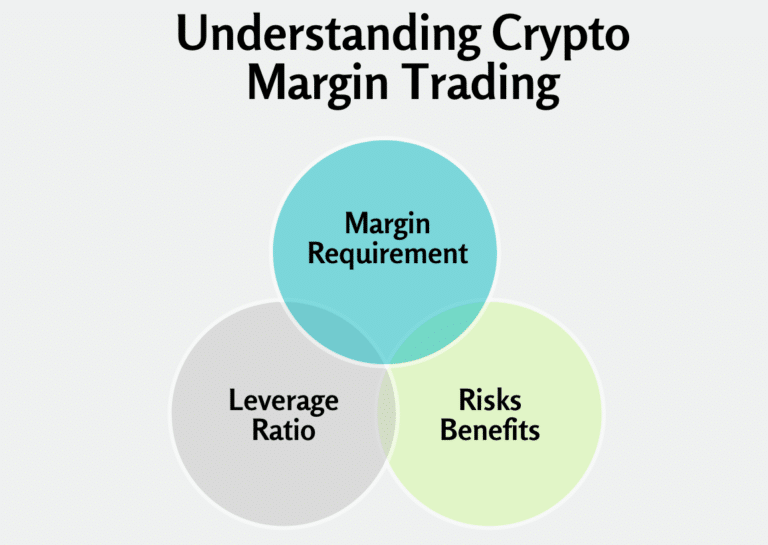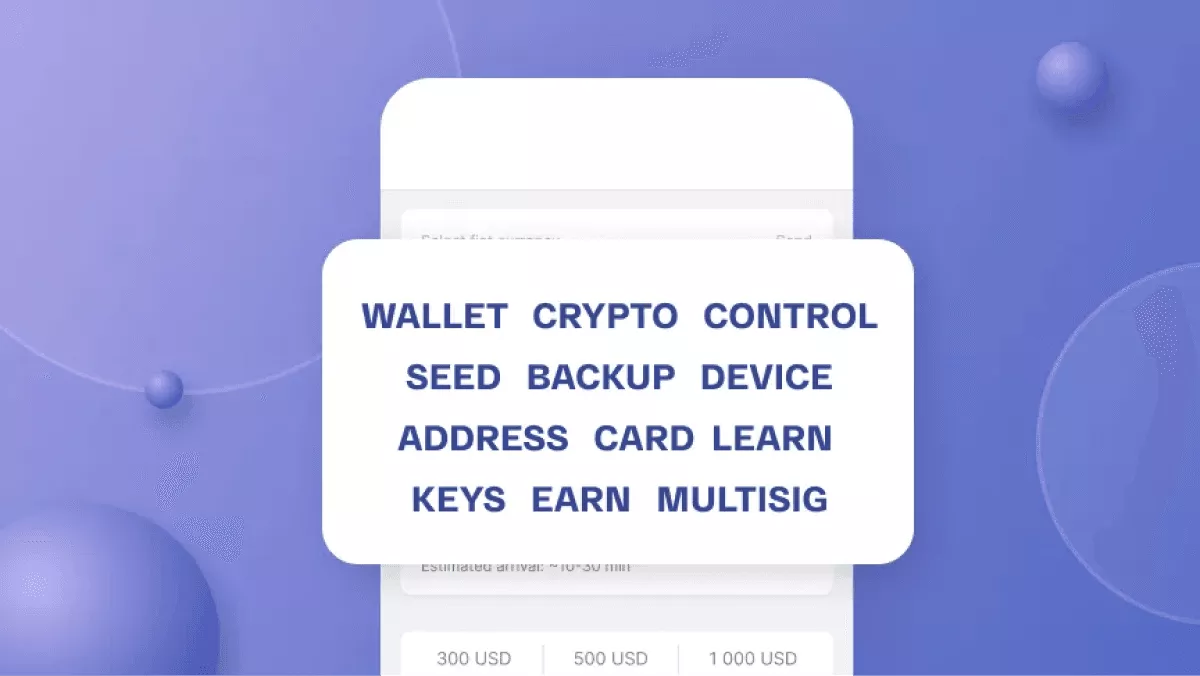⚠️ Margin Trading Risks in Crypto: A Complete Guide
Margin trading in cryptocurrency can be a powerful tool, allowing traders to amplify their positions and potentially earn greater profits. However, it also comes with substantial risks, and many novice traders underestimate the dangers involved. This guide provides an in-depth look at the risks of margin trading, how it works, and how to manage your exposure.
📌 What Is Margin Trading?
Margin trading involves borrowing funds to trade cryptocurrencies. Instead of only using your own capital, you borrow from an exchange or broker to increase the size of your trading position. This practice uses leverage, which is expressed as a ratio (e.g., 2x, 5x, 10x, 100x).
Example:
- You have $1,000.
- With 10x leverage, you can open a $10,000 trade.
- A 10% move in the market can double your money—or wipe it out.
⚠️ Key Margin Trading Risks
Let’s explore the main risks that come with margin trading in crypto:
1. 💣 Liquidation Risk
Liquidation happens when the price of the asset moves against your position to a point where your margin is no longer sufficient to keep the trade open. At this point, the exchange will automatically close your position to prevent further losses—often resulting in the loss of your entire investment.
Why it happens:
- Price volatility exceeds your margin buffer.
- Leverage amplifies small price movements.
- No stop-loss is set or it gets skipped due to slippage.
Example:
- You open a $10,000 position using 10x leverage with $1,000.
- If the asset drops 10%, you lose $1,000 and your position is liquidated.
2. 📉 Amplified Losses
While leverage can magnify gains, it also magnifies losses. A small price movement in the wrong direction can result in large losses very quickly.
Real-life scenario:
- 5% move against you with 20x leverage = 100% loss.
- Emotional panic leads to poor decisions.
Many traders enter positions hoping for big profits but fail to realize how quickly they can be wiped out.
3. 💸 High Fees and Funding Costs
When margin trading, you’re essentially borrowing funds, and borrowing comes at a cost.
Common costs include:
- Interest rates or funding fees (especially in perpetual contracts).
- Trading fees (usually higher for leveraged positions).
- Hidden charges for overnight positions.
These costs accumulate over time, especially in sideways markets where the trade remains open for long periods.
4. 💥 Market Volatility
Cryptocurrency markets are known for being highly volatile. Sharp, sudden price movements can easily liquidate margin positions—especially for trades with high leverage.
Events that may cause sudden volatility:
- News (regulation, security breaches, major partnerships).
- Whale movements (large holders moving assets).
- Economic data or macro trends (inflation, interest rate decisions).
5. 🤯 Emotional and Psychological Pressure
Margin trading introduces emotional stress that’s much higher than spot trading. Traders often:
- Panic when markets move quickly.
- Overreact to small fluctuations.
- Double down on losing trades (revenge trading).
- Get addicted to the “thrill” of leverage.
This stress can lead to irrational decisions, increasing risk further.
6. 🧠 Overconfidence and Misuse of Leverage
Many traders enter the market with limited experience, overestimating their ability to predict market movements.
Common mistakes:
- Using the maximum leverage allowed (e.g., 100x).
- Not setting stop-loss or take-profit levels.
- All-in strategies on a single asset.
- Ignoring risk-to-reward ratio.
This overconfidence can be devastating, especially in volatile markets.
7. 🧮 Margin Calls
If your position is underwater but not yet liquidated, you may receive a margin call. This means the exchange requires you to add more funds to your account to keep your position open.
Failing to add margin in time = forced liquidation.
8. 🚫 Lack of Regulation and Protections
Some crypto margin platforms operate with limited regulatory oversight, which increases the risk of:
- Platform insolvency.
- Data breaches.
- Fraud or manipulation.
This lack of regulatory protection means that users bear the full risk of system failures or bad actors.
9. 🔒 Custodial Risks
Since many margin platforms are centralized exchanges (CEXs), you’re required to deposit funds into a custodial wallet. This exposes you to:
- Exchange hacks.
- Frozen withdrawals.
- Insolvency (e.g., FTX collapse).
If the platform fails while your margin trade is open, you could lose everything—even if your trade is in profit.
🛡 How to Manage Margin Trading Risk
Risk management is crucial if you want to use leverage responsibly. Here’s how:
✅ 1. Use Lower Leverage
Avoid the temptation of 50x or 100x leverage. Start with 2x to 5x, especially if you’re new.
✅ 2. Set Stop-Loss Orders
Always define your maximum loss threshold and stick to it. This protects you from liquidation and emotional trading.
✅ 3. Only Use Money You Can Afford to Lose
Margin trading is not for life savings. Treat it as high-risk capital only.
✅ 4. Diversify Trades
Avoid putting your entire capital into one leveraged position. Diversification reduces your exposure.
✅ 5. Keep a Risk-Reward Ratio
For every trade, define how much you’re risking vs how much you hope to gain. Ideal ratios: 1:2 or 1:3.
✅ 6. Monitor Funding Rates
Perpetual futures often come with funding fees. These fees can eat into your profits, especially for long-term positions.
✅ 7. Use Demo Accounts
Many platforms offer paper trading to practice without real money. Use this to learn before risking capital.
✅ 8. Study Technical and Fundamental Analysis
Successful margin traders understand market trends, indicators, and macroeconomic conditions. Don’t trade blindly.
🔍 Is Margin Trading Right for You?
You might consider margin trading if:
- You have experience with technical analysis.
- You understand the risks and can control your emotions.
- You have a risk management plan in place.
If you’re a beginner, it’s better to start with spot trading, understand the market, and gradually learn margin trading with small positions.
🧠 Final Thoughts
Margin trading can offer huge rewards, but it’s a double-edged sword. The potential to amplify gains is real—but so is the risk of losing everything. With proper risk management, discipline, and knowledge, you can use margin as a tool rather than a trap.
But remember: even professional traders lose. The key is to lose small and win big—consistently over time.




